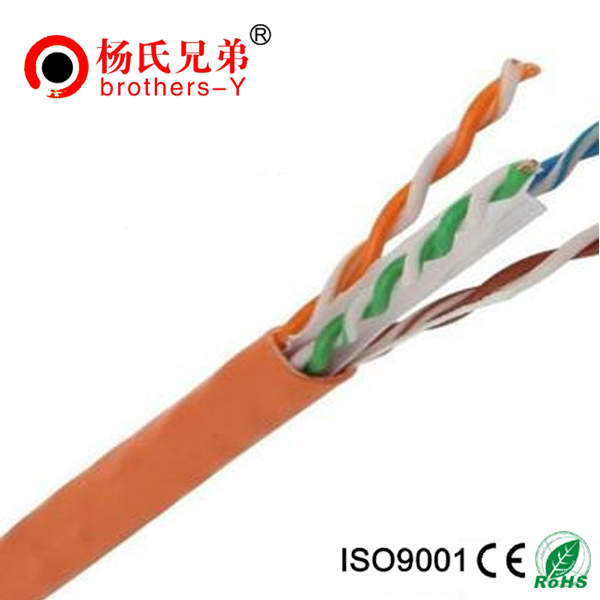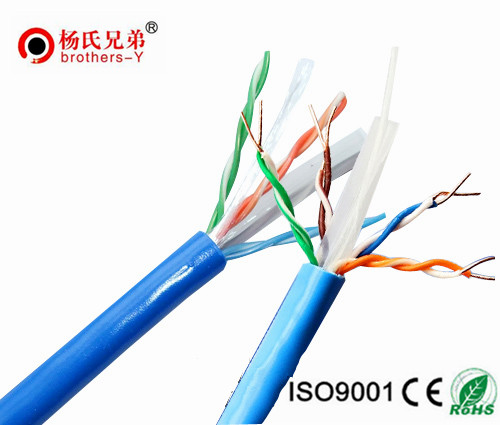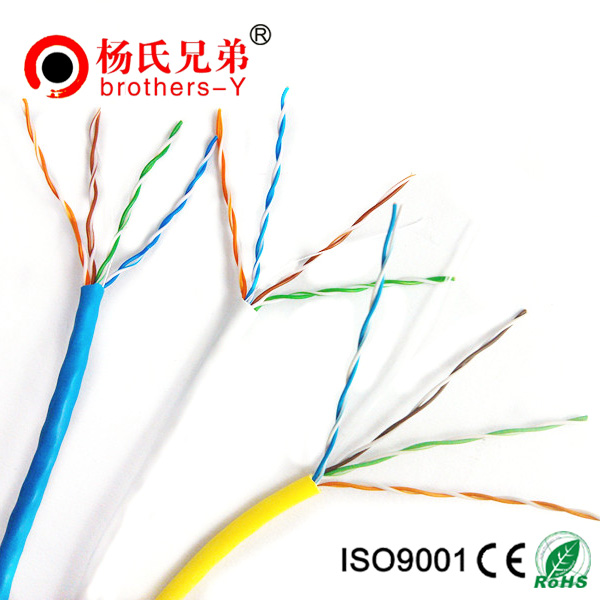Key Elements for Cable Installation Success
The certification process which proves that new cabling is correctly installed and up to TIA and ISO specifications can be the most important step in many commercial network installation projects.
Three types of tests are performed to establish a network’s compliance to standards. Cables are proven to be correctly connected by way of a verification test. Existing cable is submitted to qualification testing to ensure that it can support the network’s speed and technology requirements. And finally, a certification test makes certain whether or not the cabling is in compliance with the TIA and ISO.
In order for these requirements to be met, it is very important for the network installer to possess a reliable test instrument that is able to take a wide variety of measurements, and then compare the results to industry standards. There are several important traits that an effective network-cable testing tool should possess, and the first of these is speed. The testing speed of an instrument is crucial because it can greatly affect labor costs for the installation. When a large number of cables require testing, a time difference of mere seconds per cable can affect the final bill by hundreds, or even thousands, of dollars.
It should go without saying that accuracy of measurement in a testing instrument is incredibly important! An ideal example of an accurate tester would be the DSP-4300 test instrument from Fluke Networks. This machine is exceptionally precise, has been proven to give identical results in retests, and belongs to the first line of digital cable analyzers to ever meet TIA/EIA 568-B.2-1 specifications.
Lastly, as far as characteristics of network testing equipment go, versatility is also key. Contract installers are typically required to troubleshoot a wide array of both single and multi-mode fiber optic and copper cabling, as well as run tests on everything from the channel to the permanent link. A network testing job’s efficiency depends most upon whether or not the installer is using a versatile tester that can handle all possible configurations.
While speed, accuracy, and versatility are the three major attributes to for, there are a few other features which are also desirable in a network testing instrument. A tester should be able to store test results and generate the reports which lead to network certification. For example, the Fluke DSP-4300 test instrument that was mentioned earlier is able to save up to a day’s worth of results in its internal hard drive, and also comes with a detachable multimedia card which can be inserted into a PC to generate and print reports. This feature is an asset not only to the client, whose reports and certification can be completed in a timely manner, but to the installation contractor as well, since it ensures the successful completion of a job, and therefore payment for it.
Believe it or not, a making-or-breaking aspect of network testing instruments can be the manufacturers themselves. No matter how good the instrument, a glitch in a network testing project can always occur, and if that should happen, an installer should be confident that the maker of the test instrument can be relied on for prompt and knowledgeable product support.
Information about
- Analysis of the Underground Transmission and Distribution Cables Market
- Is there any benefit to using CAT 5e solid conductor cable?
- Mixing CAT 6A shielded cable with CAT 6 UTP or CAT 5e UTP cables isn’t an issue
- More details & technology between network cable
- Difference between CAT 5e patch cable and CAT 5e. crossover cable
- RJ45 Colors and Wiring Guide Diagram TIA/EIA 568A/568B
- Twisted-Pair Cable
- What Is The Difference Between Cat 5, Cat 5e, and Cat 6 Cable
- CAT 6A shielded systems are becoming the ideal choice for ... 10GBASE-T over copper cabling.
- Analysis of the North American Wire and Cable Materials Market
New Products
Top articles
- Are there any advantages to using Cat 6 cable for computer networking?
- Are there any problems with using patch cables that are less than a foot long? If so, what are they?
- Letter of Invitation for CTICC
- What are some common uses for Cat5e ethernet cable?
- 10 Gigabit Ethernet interconnect solutions: Investigate carefully before choosing
- Mixing CAT 6A shielded cable with CAT 6 UTP or CAT 5e UTP cables isn’t an issue.
- What cable do I use to connect a PC to a DSL or Cable modem?
- Analysis of the Underground Transmission and Distribution Cables Market
- Is there any benefit to using CAT 5e solid conductor cable?
- Mixing CAT 6A shielded cable with CAT 6 UTP or CAT 5e UTP cables isn’t an issue
Latest articles
- 2014 CeBIT Australia
- 2014 CeBIT Germany
- 2014 International CES
- Vietnam Telecomp 2013
- ROHS Certificate For Lan Cable
- CE Certificate For Power Cable
- ROHS Certificate For Power Cable
- UL Certificate For Communication Cable
- Are there any advantages to using Cat 6 cable for computer networking?
- Are there any problems with using patch cables that are less than a foot long? If so, what are they?













